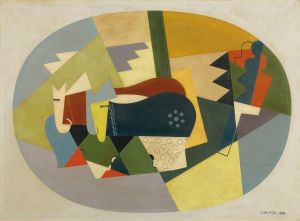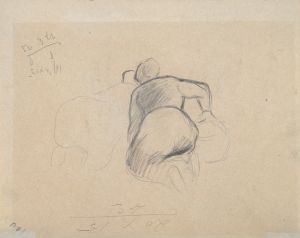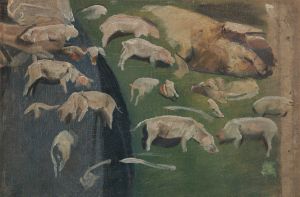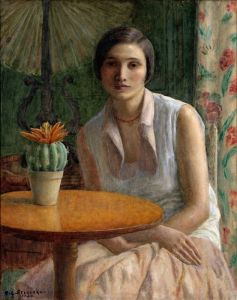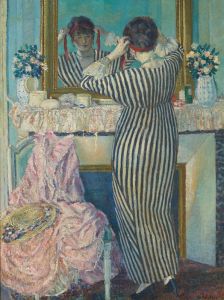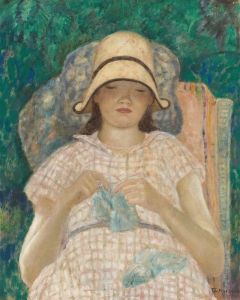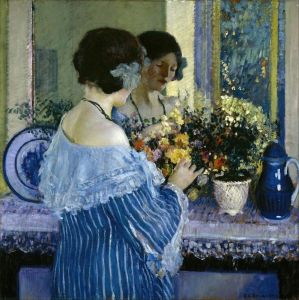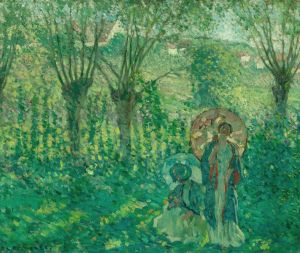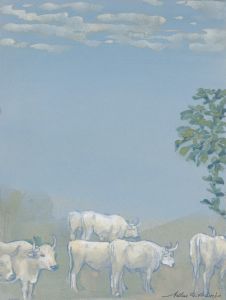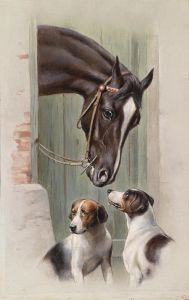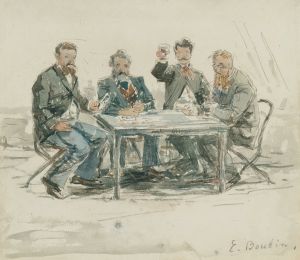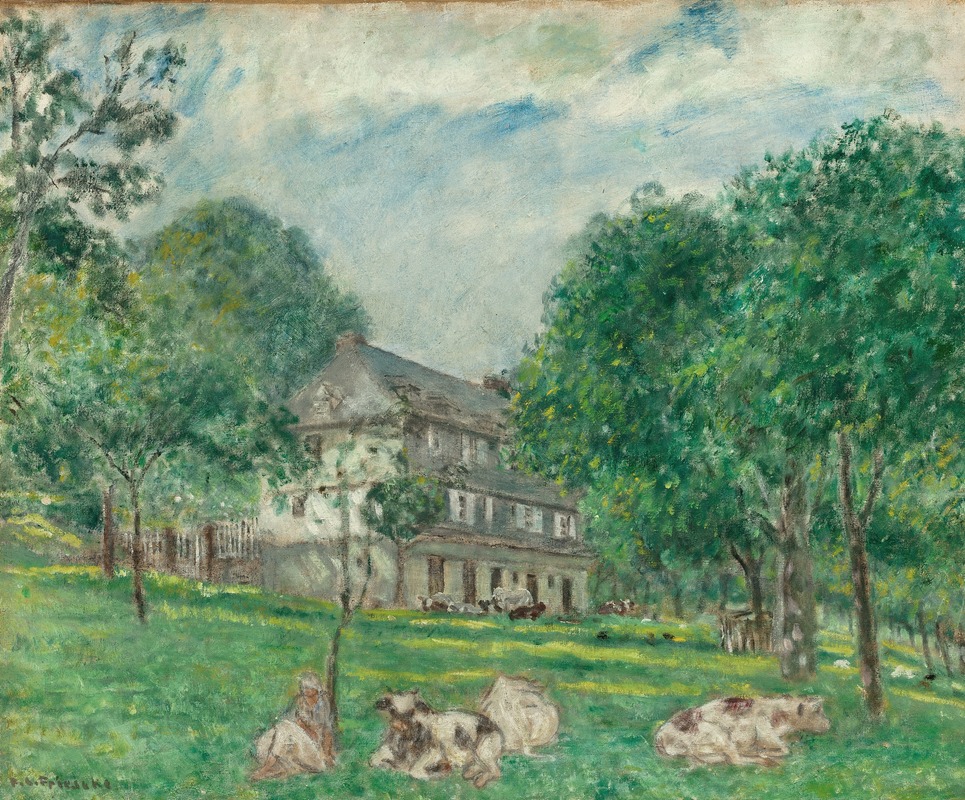
Cows at Noon
A hand-painted replica of Frederick Carl Frieseke’s masterpiece Cows at Noon, meticulously crafted by professional artists to capture the true essence of the original. Each piece is created with museum-quality canvas and rare mineral pigments, carefully painted by experienced artists with delicate brushstrokes and rich, layered colors to perfectly recreate the texture of the original artwork. Unlike machine-printed reproductions, this hand-painted version brings the painting to life, infused with the artist’s emotions and skill in every stroke. Whether for personal collection or home decoration, it instantly elevates the artistic atmosphere of any space.
Frederick Carl Frieseke (1874–1939) was an American Impressionist painter known for his vibrant use of color and light, often depicting leisurely scenes of women in gardens or domestic settings. He was a key figure in the Giverny art colony in France, where he spent much of his career. Frieseke's work is characterized by its exploration of light and shadow, as well as its emphasis on capturing the fleeting moments of everyday life.
"Cows at Noon" is one of Frieseke's lesser-known works, and there is limited information available about this specific painting. However, it can be contextualized within Frieseke's broader body of work and the Impressionist movement. Frieseke was heavily influenced by French Impressionism, particularly the works of Claude Monet, who was also based in Giverny. Like Monet, Frieseke was interested in the effects of natural light and often painted en plein air, or outdoors, to capture the changing qualities of light and atmosphere.
The subject matter of "Cows at Noon" suggests a pastoral scene, which aligns with the Impressionist interest in depicting rural life and landscapes. During the late 19th and early 20th centuries, many Impressionist artists turned their attention to the countryside, finding inspiration in the simplicity and tranquility of rural settings. This painting likely reflects Frieseke's appreciation for the natural world and his ability to convey its beauty through his use of color and brushwork.
Frieseke's technique often involved the use of broken brushstrokes and a bright, varied palette, which can be seen in many of his works. These elements would have contributed to the depiction of light and shadow in "Cows at Noon," creating a sense of immediacy and vibrancy. The painting's title suggests a specific time of day, indicating Frieseke's interest in capturing the unique qualities of light at noon, when the sun is at its highest point in the sky.
While specific details about "Cows at Noon" are scarce, it is reasonable to assume that the painting embodies Frieseke's characteristic style and thematic interests. His works often convey a sense of calm and serenity, inviting viewers to appreciate the simple pleasures of life. Frieseke's contribution to the Impressionist movement is significant, as he helped to bridge American and French art traditions, bringing a unique perspective to the exploration of light and color.
In summary, "Cows at Noon" by Frederick Carl Frieseke is a painting that likely reflects the artist's Impressionist influences and his fascination with light and rural scenes. Although detailed information about this specific work is limited, it can be appreciated within the context of Frieseke's broader artistic achievements and his role in the Impressionist movement.





